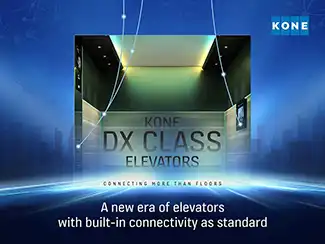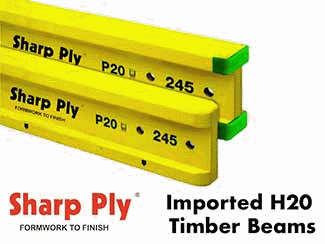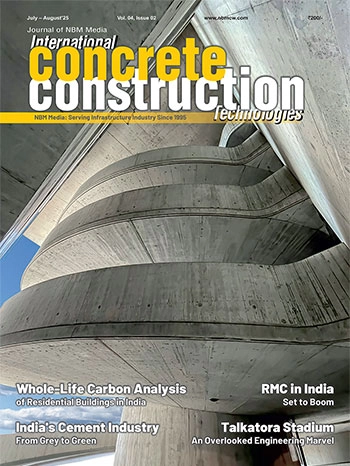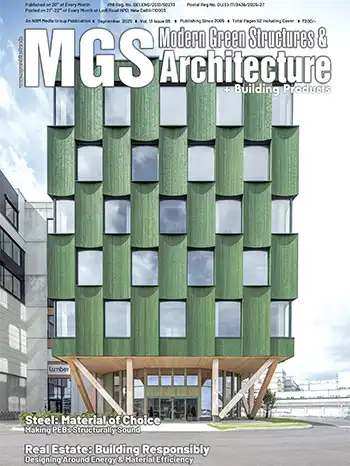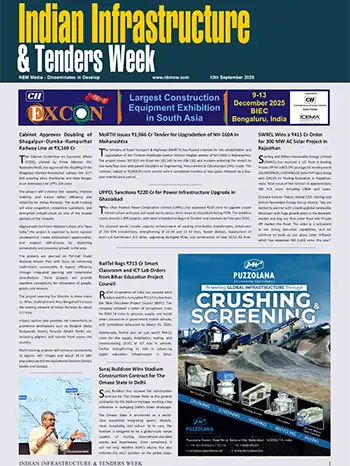Prediction of Compressive Strengh of Concrete Containing Nano-Silica Using Fuzzy Logic
The paper presents performance of the model developed to predict 28 days compressive strength using Fuzzy Logic technique for data taken from literature containing Nano-Silica as partial replacement of cement. The data used in the model is arranged in the format of seven input parameters that cover the contents of cement (kg/m3), sand (kg/m3), coarse aggregate (kg/m3), Nano-Silica (kg/m3) as partial replacement of cement, fineness of nano-silica (mm), water/powder ratio and super plasticizer dosage (kg/m3) and an output parameter that is 28-day compressive strength. It was observed from the model developed from literature data that possibly it can be extended to the experimental data, with Nano-Silica as partial replacement of cement with some modifications as the correlation coefficient obtained was above 0.9, which can be termed as good.
Introduction
Concrete is essentially a mixture of paste and aggregate. The paste, comprising of cement and water, binds the aggregate into a hard mass; the paste hardens because of the chemical reaction of the cement and water called hydration. In concrete mix design and quality control, the uniaxial compressive strength of concrete is considered as the most valuable property, which in turn is influenced by a number of factors. Various factors affect the concrete mix design like to designate a concrete as HPC, it should possess, in addition to good strength, several other favourable qualities. The water/cement (w/c) ratio in the concrete is lower than normal concrete which requires special additives in the concrete, along with a super plasticizer to obtain good workability. Usually, special cements are also required. The type of aggregate is important to obtain high strength. The grading of the aggregate influences the workability. The order in which the materials are mixed is also important for the workability of the concrete. Strength performance remains the most important property of structural concrete, from an engineering view point. The strength of the concrete is determined by the characteristics of the mortar, coarse aggregate, and the interface. For the same quality mortar, different types of coarse aggregate with different shape, texture, mineralogy, and strength may result in different concrete strengths.The testing at 28 days is standard and therefore essential and at other ages can be carried out, if necessary. If due to some experimental error in designing the mix, the test results fall short of required strength, the entire process of concrete design has to be repeated which may be costly and time consuming. The same applies to all types of concrete, i.e. normal concrete, self-compacting concrete, ready mixed concrete, etc. Conventional methods of predicting the strength of concrete are usually based on the linear and nonlinear regression methods. Nowadays, the soft computing techniques like Fuzzy logic (FL) [1,2], Genetic algorithms (GA) and Artificial neural networks (ANN) [3,4], have been successfully applied in this area. In the recent years, the soft computing techniques are increasingly applied in many fields of civil engineering [5-7] due to their capabilities in computation and knowledge processing. Fuzzy logic (FL) is a very powerful tool to solve many civil engineering problems, particularly, where data may be complex or in an insufficient amount. The fuzzy approach provides possible rules relating input variables to the output variable; hence, it is more in-line with human thought. It is well recognized that prediction of concrete strength is important in modern concrete constructions and in engineering judgments. Within last decade, researchers have explored the potential of Fuzzy Logic approach, in predicting the compressive strength of the concrete, due to its ability to learn input–output relation for any complex problem in an efficient way.








